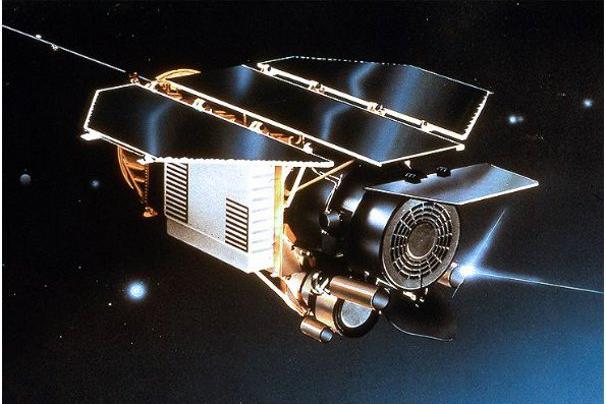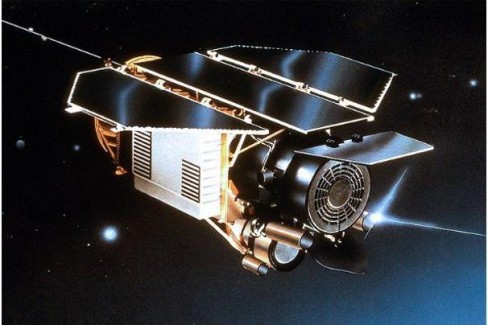Here we go again. An out of service German satellite is hurtling towards Earth and may re-enter its atmosphere this weekend, according to the German Aerospace Centre. Last month small pieces of NASA’s Upper Atmosphere Research Satellite (UARS) crash-landed somewhere in the Pacific Ocean.
The German X-ray satellite ROSAT was first launched in June 1990 on a research mission to examine the entire sky with an imaging telescope on X-ray sources. Now, the defunct satellite, which has been out of operation since 1999, is falling towards Earth’s atmosphere at 28,000 kilometres per hour.
The vast majority of the minivan-sized satellite will burn up upon re-entry, although up to 30 fragments weighing a total of 1.7 tonnes could hit the Earth’s surface. Scientists cannot accurately predict where its debris will eventually land, but have specified a large area of the globe between 53-degrees north and 53-degrees south as a possible impact zone – so basically anywhere!
The largest fragment that could hit the Earth’s surface is the satellite’s 1.6 tonne telescope mirror, as it is more resistant to heat.
ROSAT’s re-entry is expected to occur between the 22nd – 23rd of October. As the satellite draws ever closer, scientists will be more able to accurately predict when and where the satellite will fall.













